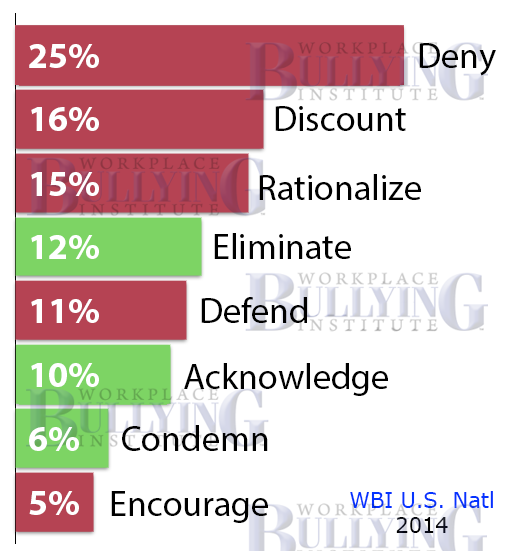
Under Obamacare’s new insurance marketplaces, people in Minnesota, northwestern Pennsylvania, and Tucson, Ariz., are getting the best bargains for health care coverage. Premiums in these areas are half the price of policies in the most expensive regions, based on the lowest cost of a “silver” plan – the mid-range plan most consumers are choosing.
“The cheapest cost regions tend to have robust competition between hospitals and doctors, allowing insurers to wrangle lower rates,” according to a report from Kaiser Health News and NPR. “Many doctors work on salary in these regions rather than being paid by procedure, weakening the financial incentive to perform more procedures.”
The 10 regions with the lowest premiums are:
$154: Minneapolis-St. Paul – Anoka, Carver, Dakota, Hennepin, Ramsey, Scott, Sherburne and Washington counties.
$164: Pittsburgh and Northwestern Pennsylvania – Allegheny, Armstrong, Beaver, Butler, Crawford, Erie, Fayette, Greene, Indiana, Lawrence, McKean, Mercer, Warren, Washington and Westmoreland counties.
$166: Middle Minnesota – Benton, Stearns and Wright counties.
$167: Tucson, Ariz. – Pima County.
$171: Northwestern Minnesota – Clearwater, Kittson, Mahnomen, Marshall, Norman, Pennington, Polk and Red Lake counties.
$173: Salt Lake City – Davis and Salt Lake counties.
$176: Hawaii
$180: Knoxville, Tenn. – Anderson, Blount, Campbell, Claiborne, Cocke, Grainger, Hamblen, Jefferson, Knox, Loudon, Monroe, Morgan, Roane, Scott, Sevier & Union.
$180: Western and North Central Minnesota – Aitkin, Becker, Beltrami, Big Stone, Cass, Chippewa, Clay, Crow Wing, Douglas, Grant, Hubbard, Isanti, Kanabec, Kandiyohi, Lac qui Parle, Lyon, McLeod, Meeker, Mille Lacs, Morrison, Otter Tail, Pine, Pope, Renville, Roseau, Sibley, Stevens, Swift, Todd, Traverse, Wadena Wilkin and Yellow Medicine counties. In Chisago County, the lowest premium is $162.
$181: Chattanooga, Tenn. – Bledsoe, Bradley, Franklin, Grundy, Hamilton, Marion, McMinn, Meigs, Polk, Rhea and Sequatchie counties.
The 10 most expensive regions are:
$483: Colorado Mountain Resort Region – Eagle, Garfield and Pitkin counties, home of Aspen and Vail ski resorts. Summit County premiums are $462.
$461: Southwest Georgia – Baker, Calhoun, Clay, Crisp, Dougherty, Lee, Mitchell, Randolph, Schley, Sumter, Terrell and Worth counties.
$456: Rural Nevada – Esmeralda, Eureka, Humboldt, Lander, Lincoln, Elko, Mineral, Pershing, White Pine and Churchill counties.
$445: Far western Wisconsin – Pierce, Polk and St. Croix counties, across the border from St. Paul, Minn.
$423: Southern Georgia – A swath of counties adjacent to the even more expensive region. Ben Hill, Berrien, Brooks, Clinch, Colquitt, Cook, Decatur, Early, Echols, Grady, Irwin, Lanier, Lowndes, Miller, Seminole, Thomas, Tift and Turner counties.
$405: Most of Wyoming – All counties except Natrona and Laramie.
$399: Southeast Mississippi – George, Harrison, Jackson & Stone counties. In Hancock County, the lowest price plan is $447.
$395: Vermont*
$383: Fairfield, Conn. – The southwestern-most county, which includes many affluent commuter towns for New York City.
$381: Alaska.
*Unlike other states, Vermont does not let insurers charge more to older people and less to younger ones. Its ranking therefore will differ depending on the ages of the consumers.





